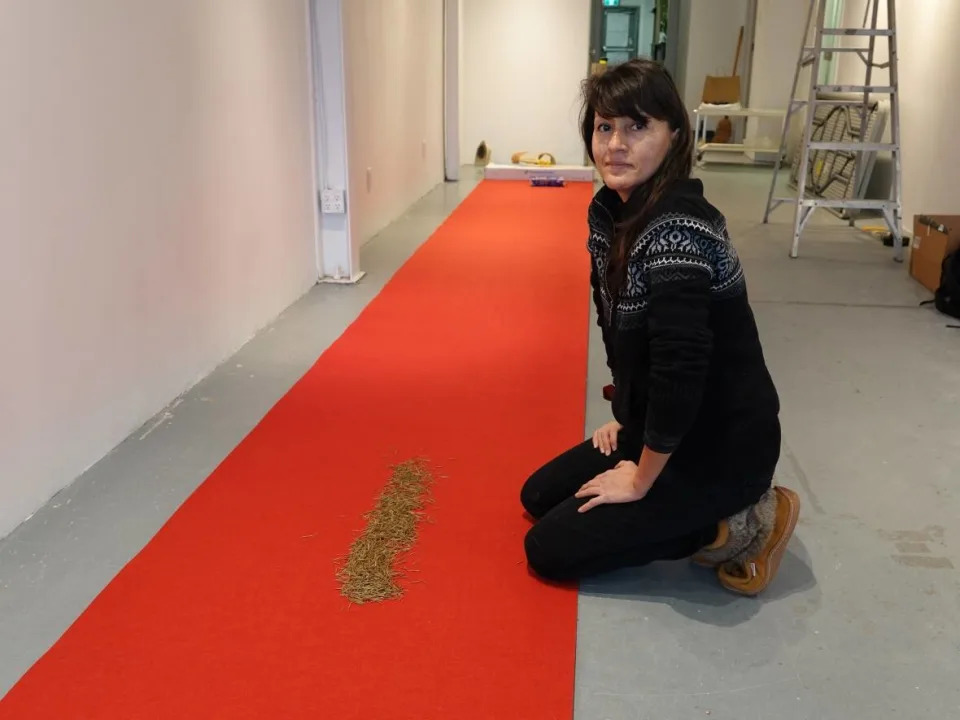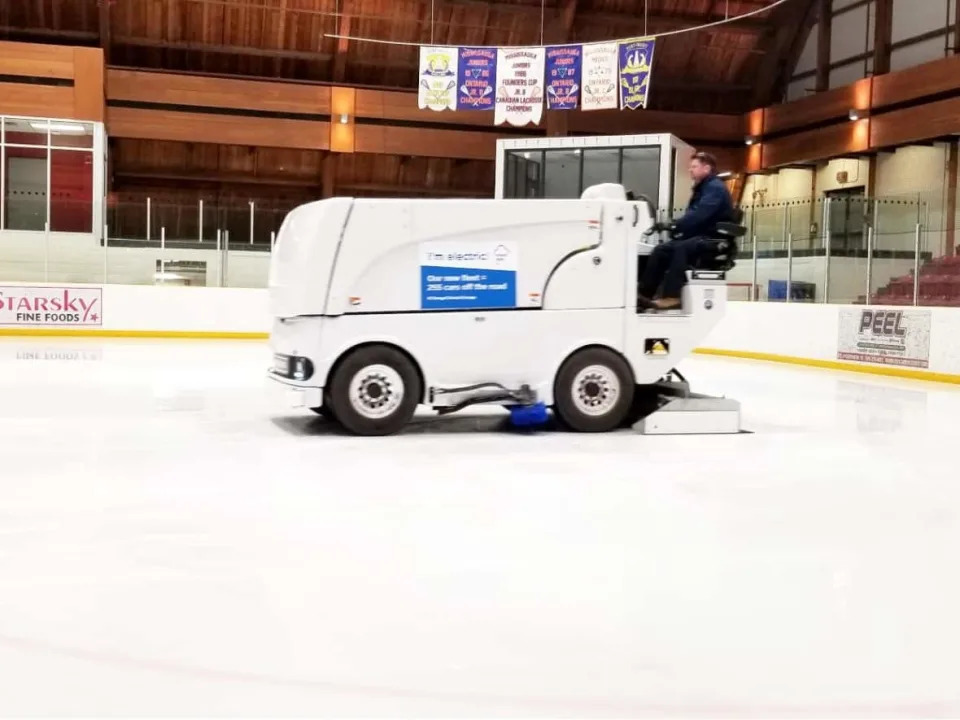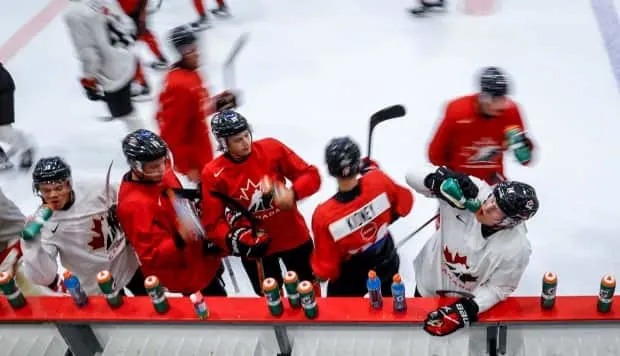The International Conspiracy that led to the capture of Kurdish people's Leader Abdullah Öcalan was protested in the cities of Northern and Eastern Syria.

ANF
NEW DESK
Sunday, 12 Feb 2023
The 24th anniversary of the International Conspiracy against Kurdish people's Leader Abdullah Öcalan was protested with actions in Hesekê, Reqa, Deir ez-Zor and Tabqa in Northern and Eastern Syria.
HESEKÊ
Refugees from Serêkaniyê living in Wasûkanî Camp in Hesekê condemned the isolation and the International Conspiracy which led to the capture of Kurdish people's Leader Abdullah Öcalan.
People marched with banners that read "Leader Öcalan's freedom is the key to peace in the Middle East" and held a rally. Emine Mihemed, a member of the Washukani Camp Council, condemned the international silence against the isolation imposed on the Kurdish people’s leader and said: "Our actions will continue until the freedom of Öcalan is achieved."
RAQQA
A march and rally were held in Raqqa promoted by civil organizations. Photos of Abdullah Öcalan and the flags of the Syrian Democratic Forces (SDF) were carried during the march that started in front of the General Assembly.
A statement was read to underlined that “Abdullah Öcalan's ideas directly affected the Syrian peoples, who organized based on the idea of national democracy and the brotherhood of peoples and established their own autonomous and civil administrations.”
DEIR EZ-ZOR
A protest was held in the west of Deir ez-Zor. During the march and rally, Martyr Families Assembly Youth member Muhemed El Hisên said that "Leader Abdullah Öcalan's resistance in Imrali prison is the strongest message to the enemy." He continued, "The freedom of Leader Öcalan is our freedom. We are ready to die for his freedom. Thanks to Leader Abdullah Öcalan's ideas and philosophy, the blood shared by the martyrs, the resistance carried out by the youth and the sacrifices of the guerrillas, the enemy's attacks on the region were repelled."
TABQA
The action in Tabqa was organized by civil society organizations. The action called on the UN, humanitarian and legal organizations to fulfil their duties end take action to to end the isolation and ensure the physical freedom of the Kurdish people's Leader.


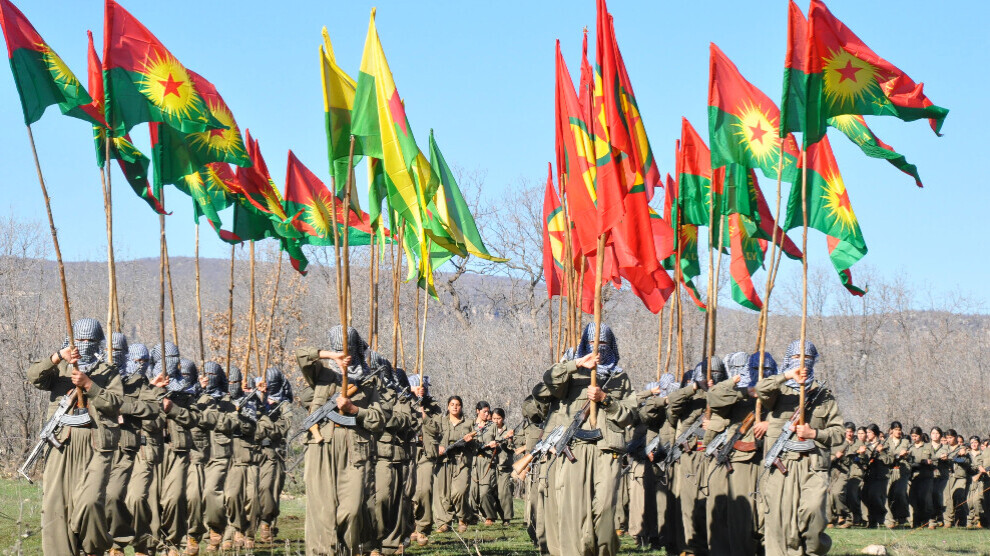

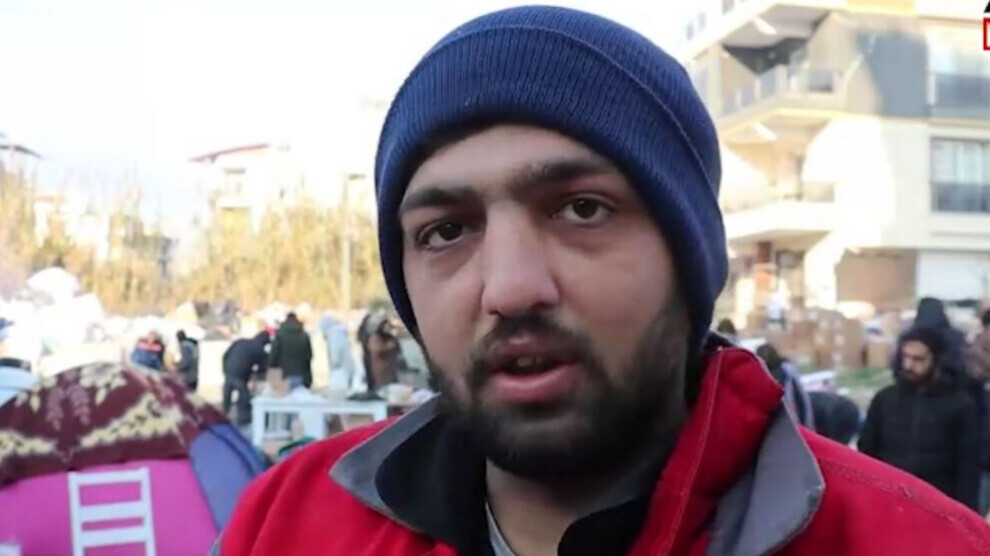


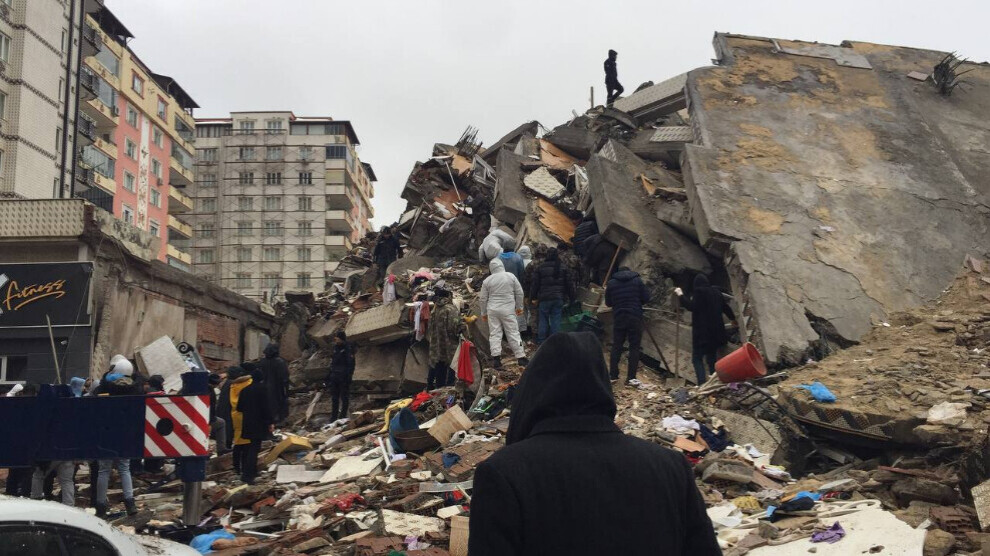




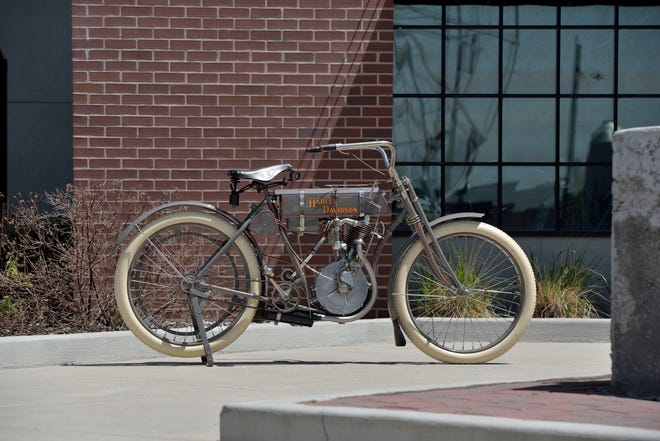
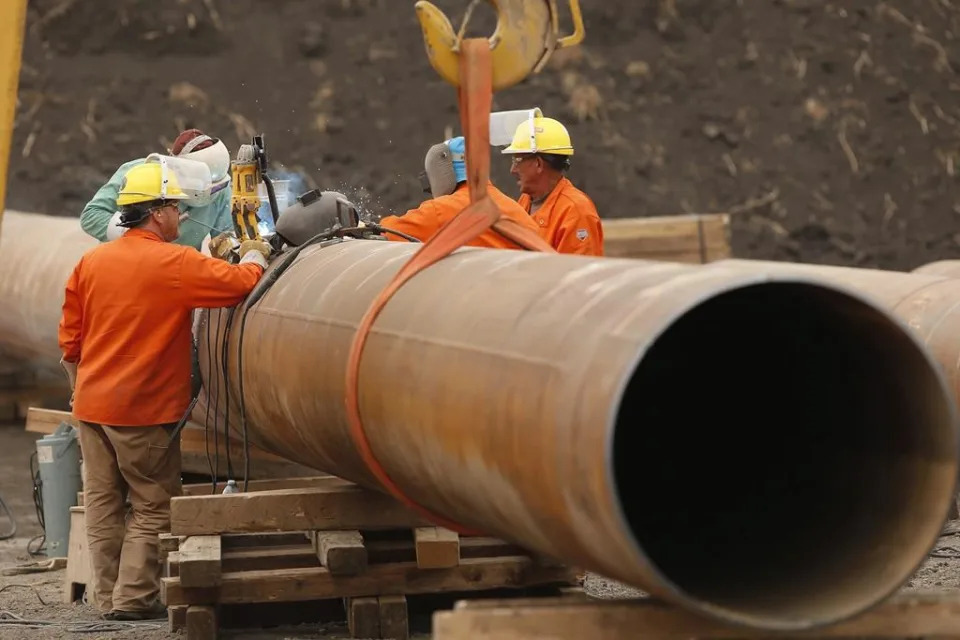

.png)
